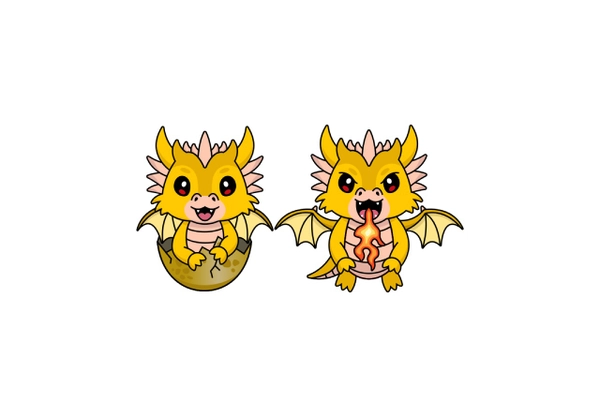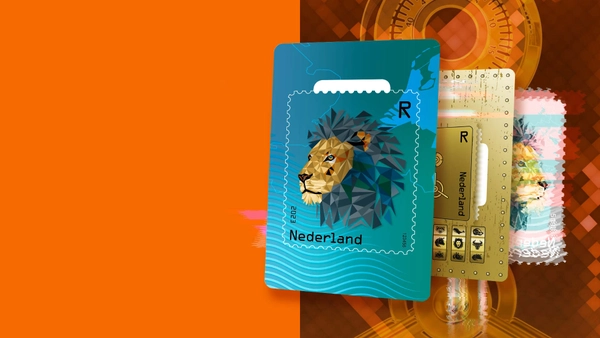How does the NL crypto stamp safe work?
- 1
Move
Move an NL crypto stamp safe and an NL crypto stamp 2 to your own wallet. The safe will open and you’ll see the contents in your wallet.
- 2
Select your stamp
Select 'Start crypto stamp MorphXYZ' on the right-hand side, next to your NL crypto stamp safe. Then select the NL crypto stamp 2 you want to transform. You can only use each NL crypto stamp safe once for the MorphXYZ crypto stamp.
- 3
This may take a while
The MorphXYZ crypto stamp may take a while. You will see a countdown clock showing the remaining time. When the crypto stamp MorphXYZ is ready, your safe’s symbol will change into a new symbol.

Meet the magical baby dragon!
Transform your NL crypto stamp safe dragon into an NFT baby dragon by combining it with the NL crypto stamp dragon. The baby dragon is a unique NFT in your wallet after you complete the MorphXYZ process. This safe works with the crypto stamp dragon from the Netherlands, Austria, Luxembourg or Belgium.
What is a crypto stamp?
The NL crypto stamp is an NFT stamp consisting of a physical stamp and its digital twin.
Getting started with your crypto stamp
Discover the colour of your digital twin and create your own NFT wallet.
How it works
Missed the first NL crypto stamp last year? Or curious about what’s next? More information about the NL crypto stamp 2 will appear here soon.
Any questions?
All NL Crypto Stamps are now priced at €10.80.
You can purchase the NL crypto stamps exclusively through our website.
An NL crypto stamp safe is a physical stamp with a digital twin and is available in 5 symbols: a dummy, a bottle, a rainbow, a treasure and a magic book. You can use an NL crypto stamp safe to transform the digital twin of the NL crypto stamp into a whole new NFT.
You can use the lion, bull and dragon. But don’t get rid of unused safe crypto stamps, because this is only the beginning!
